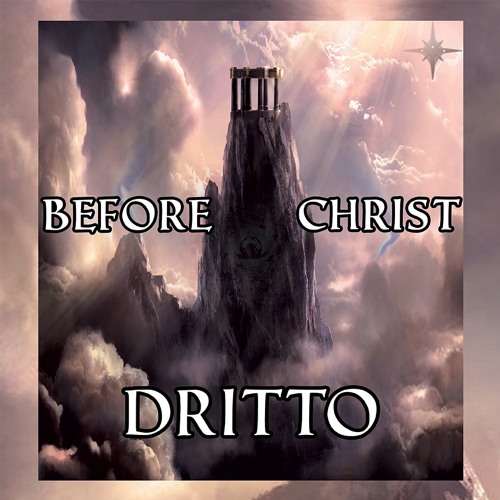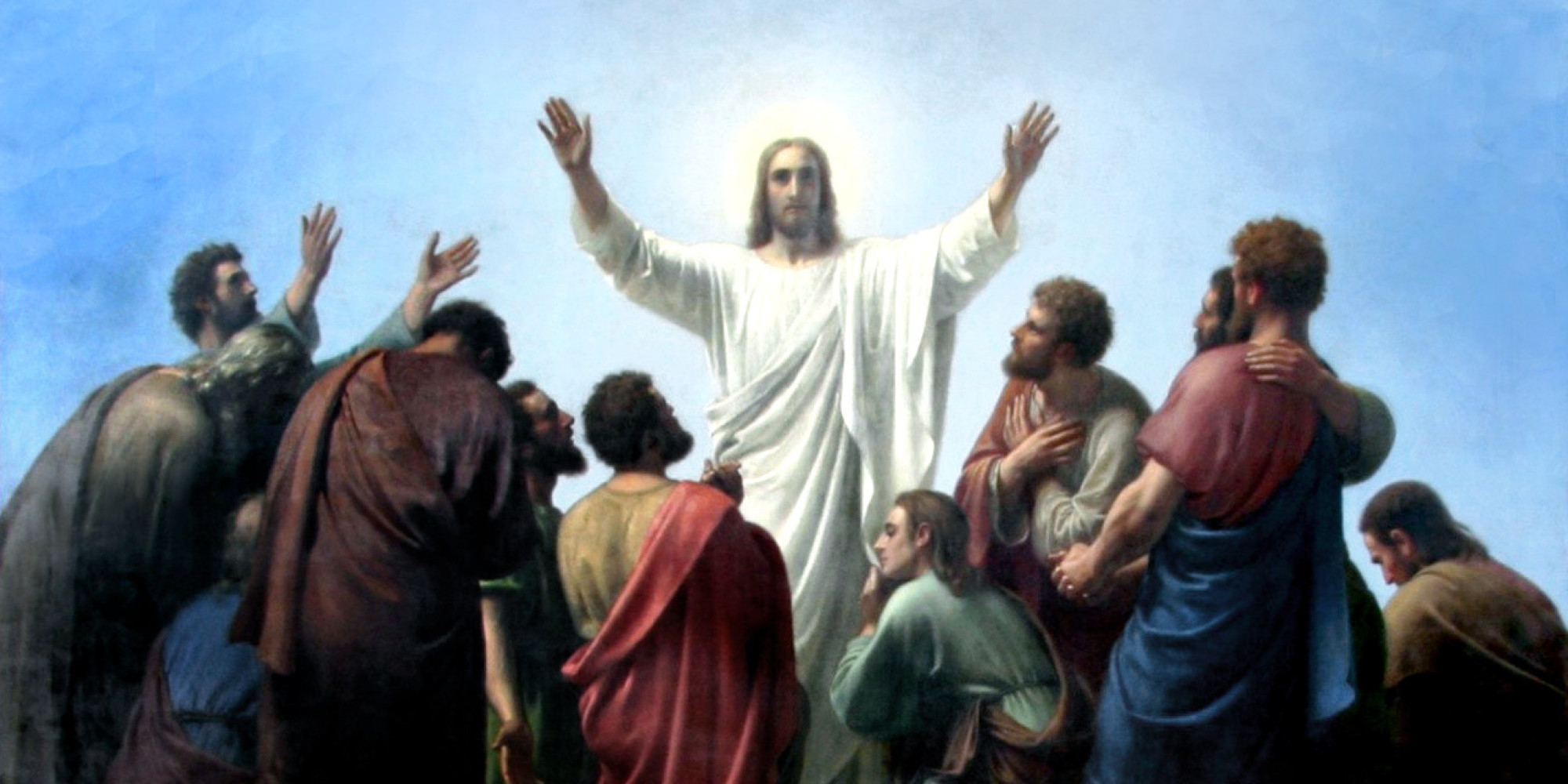
The Sun and the Moon
Before Christ, time was recorded using the sun and the moon. The sun was used to measure the day, while the moon was used to measure the month. The ancient Egyptians were the first to use a sundial to tell time. The sundial worked by casting a shadow on a flat surface. The length of the shadow would change throughout the day, indicating the time.

The Ancient Egyptian Calendar
The ancient Egyptians had a calendar system that was based on the cycles of the sun and the moon. Their calendar had 12 months, with each month consisting of 30 days. They also had a five-day festival at the end of the year to celebrate the birth of the god Osiris.

The Babylonian Calendar
The Babylonians were the first to use a lunar calendar. Their calendar had 12 months, with each month consisting of 29 or 30 days. They added an extra month every three years to keep the calendar in sync with the seasons.

The Mayan Calendar
The Mayans had a very advanced calendar system. Their calendar had 18 months, with each month consisting of 20 days. They also had a five-day festival at the end of the year. The Mayans also had a long count calendar, which was used to record events that occurred over long periods of time.
The Chinese Calendar
The Chinese calendar is based on the cycles of the moon and the sun. It has a 12-year cycle, with each year being represented by an animal in the Chinese zodiac. The Chinese calendar is also used to determine the dates of important festivals and holidays.
Stonehenge
Stonehenge is a prehistoric monument in England that was built around 2500 BC. It consists of a ring of standing stones, with some weighing up to 25 tons. It is believed that Stonehenge was used to mark the solstices and equinoxes.

The Water Clock
The water clock was invented by the ancient Greeks around 400 BC. It worked by using a container with a small hole in the bottom. Water would flow out of the hole at a constant rate, indicating the passage of time.
The Hourglass
The hourglass was invented in the 14th century. It consists of two glass bulbs connected by a narrow neck. Sand is placed in the top bulb, and as it falls through the narrow neck, it indicates the passage of time.

The Pendulum Clock
The pendulum clock was invented by the Dutch scientist Christiaan Huygens in the 17th century. It worked by using a pendulum to regulate the movement of the clock's gears, making it the most accurate timekeeping device of its time.

The Atomic Clock
The atomic clock is the most accurate timekeeping device ever invented. It works by measuring the vibrations of atoms, which are incredibly consistent. The first atomic clock was invented in 1949, and since then, atomic clocks have become the standard for measuring time.
Conclusion
Before Christ, time was recorded using various methods, including the sun and the moon, calendars, sundials, water clocks, and hourglasses. Over time, these methods evolved, leading to the invention of the pendulum clock and the atomic clock, which are still used today.